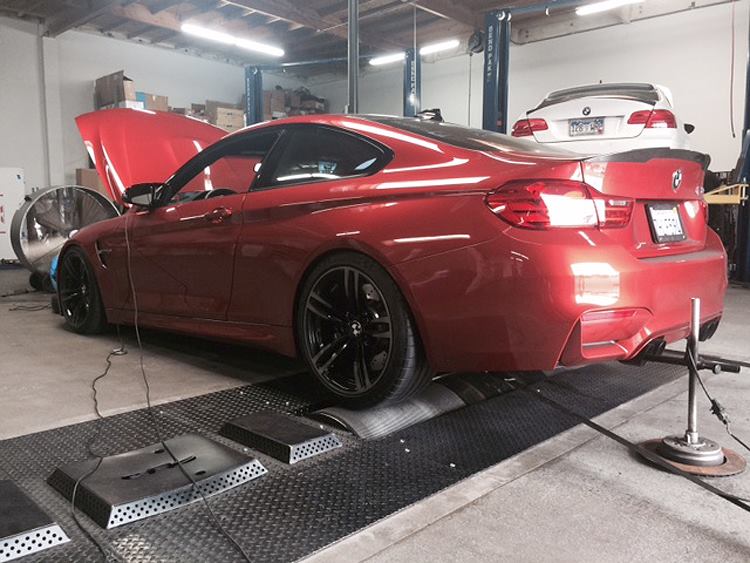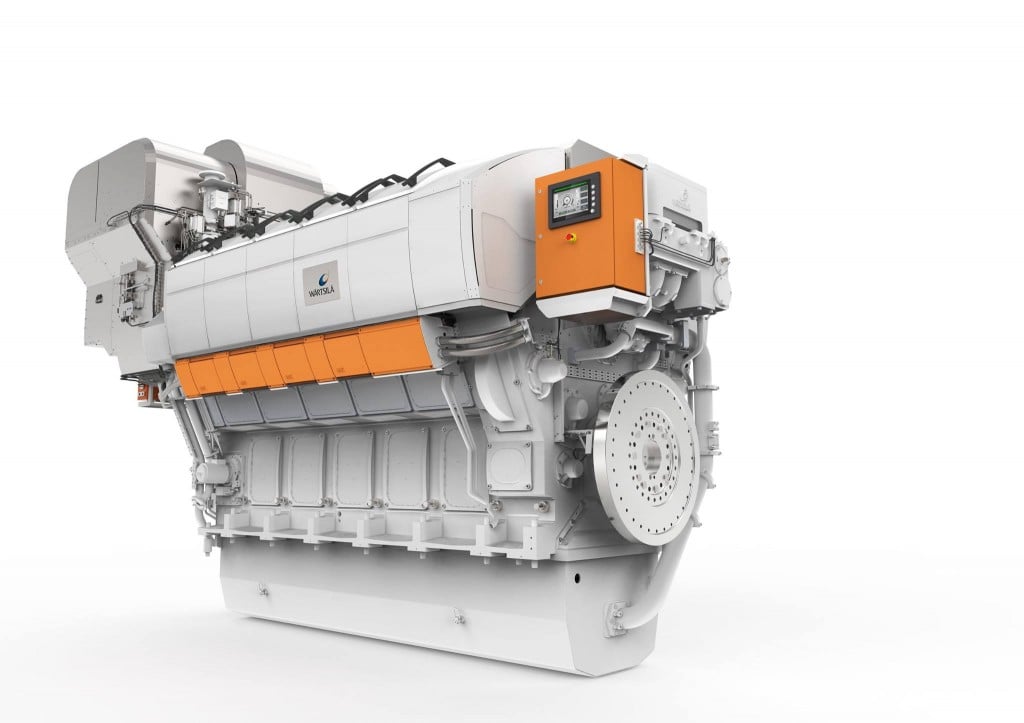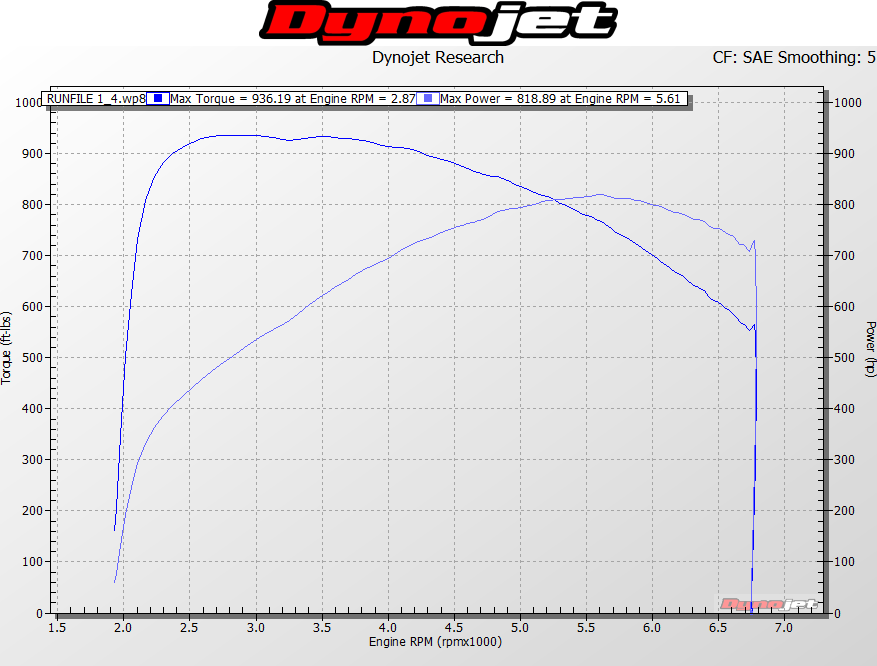What the Hell Is Horsepower? Everything You Want to Know
POSTED BY OWEN BRADY

SOURCE MAGNAFLOW
When I was training to be a mechanic in high school, the conversation in class often surrounded the mods that had been made to our cars. Cold air intakes, expensive spark plugs, needlessly oversized exhaust systems, you name it! All in pursuit of that automotive holy grail … horsepower. The fact is that horsepower is an odd construct in the automotive industry and it’s time we clear up what it is, why it matters, and why it doesn’t.
To begin with, Google “horsepower torque curve.” Go ahead, I’ll wait. What you should have found is something that looks like this:
To begin with, Google “horsepower torque curve.” Go ahead, I’ll wait. What you should have found is something that looks like this:
This graph displays horsepower and torque relative to the speed of the engine. What you’ll notice on this curve (and on the majority of others you’ll find on the Interwebs), is that the crossover point for horsepower and torque is often 5,252 RPM. This seems oddly specific until we realize that horsepower on a dynamometer is a calculated value based off of the torque curve for the engine and the RPM.
The simplest way that I can explain it is this: Your car is like a multi-stage rocket. The amount of torque (power) the car creates is the thrust of the individual rocket stages, like an M-80 vs. a little firecracker. The amount of horsepower (power/time) that your car creates is how quickly the stages fire in succession.
Modern cars tend to have a lot of rated horsepower for three reasons.
First, lighter engine internals and better quality control for building and balancing engines means that redlines can be higher, which allows for higher potential horsepower. Second, modern lubrication and machining have limited the impact of high engine speeds on torque, which allows for torque curves that don’t drop off as quickly. Finally, the past 100 years of automotive development have made engines more intelligent and capable of handling air — and for engines, air is the X-factor.
This might seem counterintuitive, given that air seems pretty abundant, but the real challenge is how to get air moving quickly enough to support these high-revving engines. If you swap out the fuel injectors in your car for larger capacity ones, it won’t increase the power output of your engine; there’s plenty of fuel available already.
The reason that we fantasized about things like exhausts and intakes back in high school is that they’re rated for substantial horsepower gains and come at a relatively low sticker price. But if you can get more air in and out, the engine can add more fuel, which gives you more torque. The higher torque output of the engine means increased horsepower ratings as well.
So should we abandon horsepower ratings altogether and merely talk about torque? No. Horsepower is a useful metric to determine how much power can be produced over a given period of time. It does have relevance to driving and racing; it’s just important to understand what it’s saying.
If you have a car that produces 10 pound-feet of torque and spin it to 18,000 RPM, it’ll produce 342 horsepower. A small engine that would struggle to get a car moving off the line can produce a huge amount of work if you can get it to apply that power many times per second.
Conversely, the largest marine engines in the world produce nearly 100,000 HP and are spinning at roughly 100 RPM, meaning that their torque output is roughly 5 million pound-feet — immense power applied at a slow rate.

Wärtsilä 31 Engine. Source: Wärtsilä Corporation
It would be a challenge to develop an engine that would be well-suited to the wide variety of situations encountered on a daily basis if it was directly connected to the wheels. Luckily, the transmission was developed. This allows the engine to continue operating within its physical limits while allowing for higher vehicle speeds.
Effective design of a transmission and engine allows for torque off the line and a high top speed. The Continuously Variable Transmission (CVT) looked to refine this concept by varying the gear ratio continuously, which keeps the engine at the peak of the horsepower curve.
Electric vehicles, like the Tesla Model S, use a single fixed gear. This is due to the large RPM range that’s possible with an electric motor (up to 16,000 RPM). Electric motors tend to produce 100% of their maximum torque at low speeds, which leads to excellent performance off the line, but diminishing horsepower at higher engine speeds.
See an example in this drag race between a Tesla Model S P85D and a Ferrari F12. Off the line, the Tesla’s torque helps it get up to speed, but it ultimately is unable to compete with the power (and weight) advantage of the F12.
Now that you know a bit more about the relationship between horsepower and torque, I hope it’ll help you better understand what you read about cars, recognize the importance of understanding measurement techniques, and get into massive arguments about the difference between pound-feet and foot-pounds. For extra fun, throw in the expression “pound-force-feet” and see if people’s eyes go crossed. Enjoy!


No comments:
Post a Comment